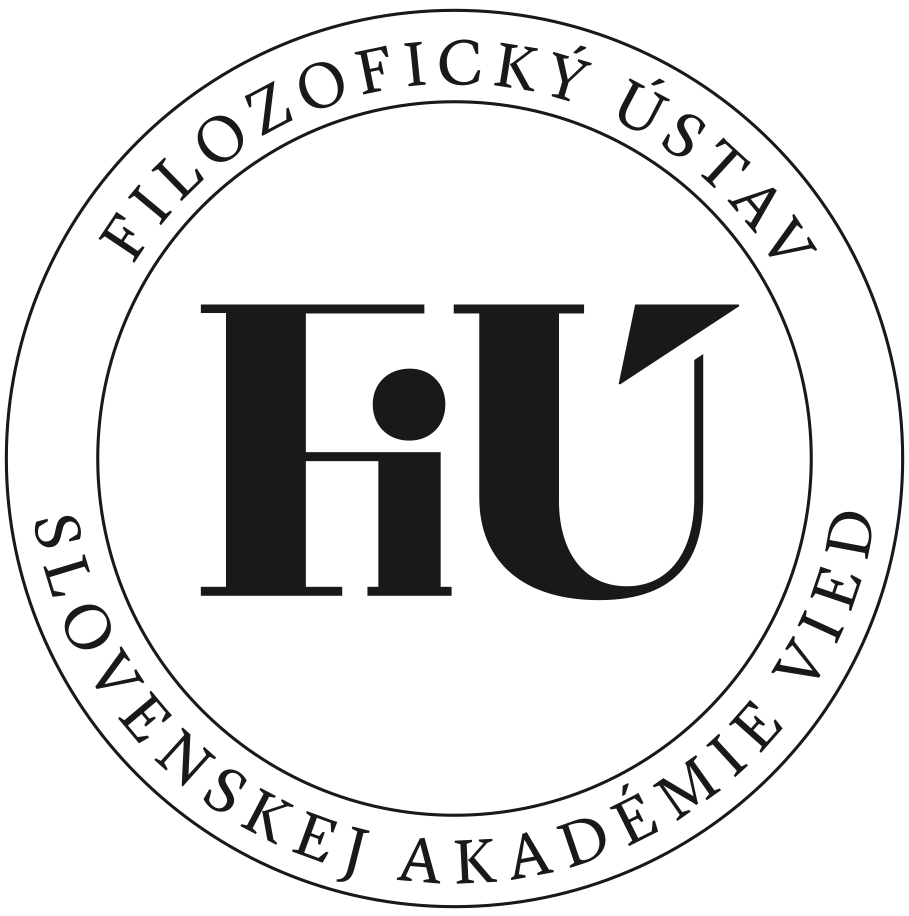Publication Details
Three Mathematical Approaches to Beauty: A Historical Perspective
Abstract
This study attempts to clarify the importance and function of mathematical statistics and mathematical thinking in early formation of modern aesthetics of the eighteenth century. I focus on three historical concepts of using the statistical and mathematical approach to beauty and aesthetic (taste) standard. The first one is Hume’s searching for taste standards based on his sensualism and his exceeding the individual subjective experience by statistical standardization of inter-subjective experience. Peculiar to this approach is an ambivalent understanding of the standard as a “mean” on one side and “excellence” on the other. The second model of aesthetic thinking is Reid’s aesthetic realism. The analysis of Reid’s works serves to show the roots of modern aesthetic cognitivism and the significance of scientific study of beautiful objects’ parameters. An important part of these considerations is the examination of ontological status of beauty and the term of “excellence” as “perfectness”. In conclusion, I try to highlight the mathematical and statistical algorithms of Kant’s creating aesthetic standards and aesthetic ideal in his Critique of Judgment. I also show the potentials of the above mentioned approaches as far as the contemporary cognitive research in aesthetics is concerned.
Beauty, Calculation, Excellence, Mean, Standard
